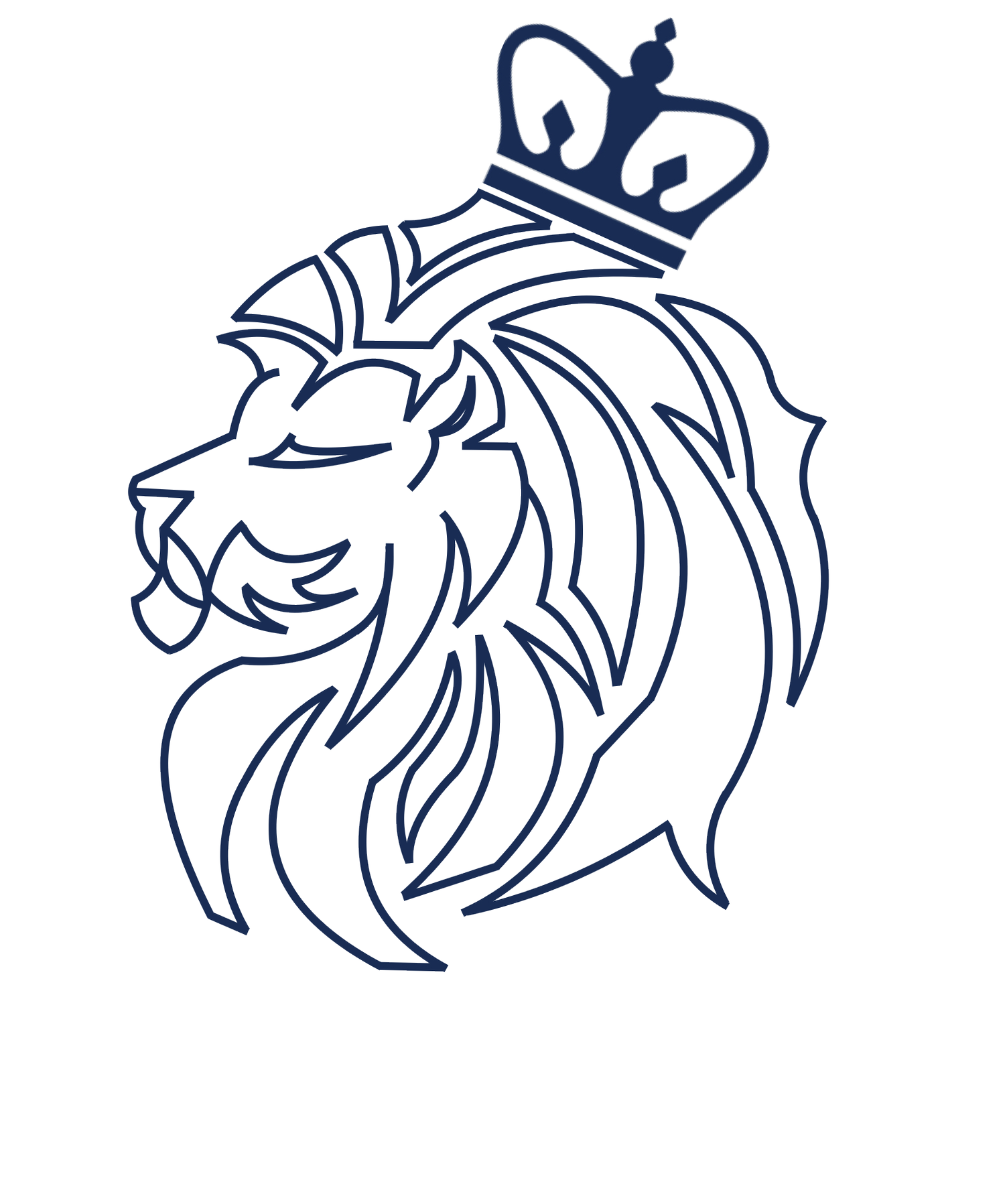Death of Stalin: The Question of Succession
It is March 6th of 1953. Josef Stalin has just died and his top appointed officials, political supporters, and political rivals are all seeking to ascend to the position of power that he had held. From members of the Presidium to Soviet satellite state leaders and military officials, all hope to advance their own political agendas and implement their respective views for the future of the Soviet Union by filling this power vacuum. Even though Georgey Malenkov seems posed to become Stalin’s immediate successor, the Soviet politicians are like blood-thirsty sharks, recognizing that the fight is not lost until their rivals had been purged. The key players fighting to permanently succeed Stalin include staunch anti-revisionist Marxist-Leninists composed of ardent old guard Bolsheviks and Stalin’s inner circle of supporters, but also those who hope for reform, whether through a complete move away from the Stalinist model or a middle-ground approach that is less radical. Aside from these visions of policy for a better Soviet Union, each man also has his own personal ambitions. Who will prevail in this struggle for control?

